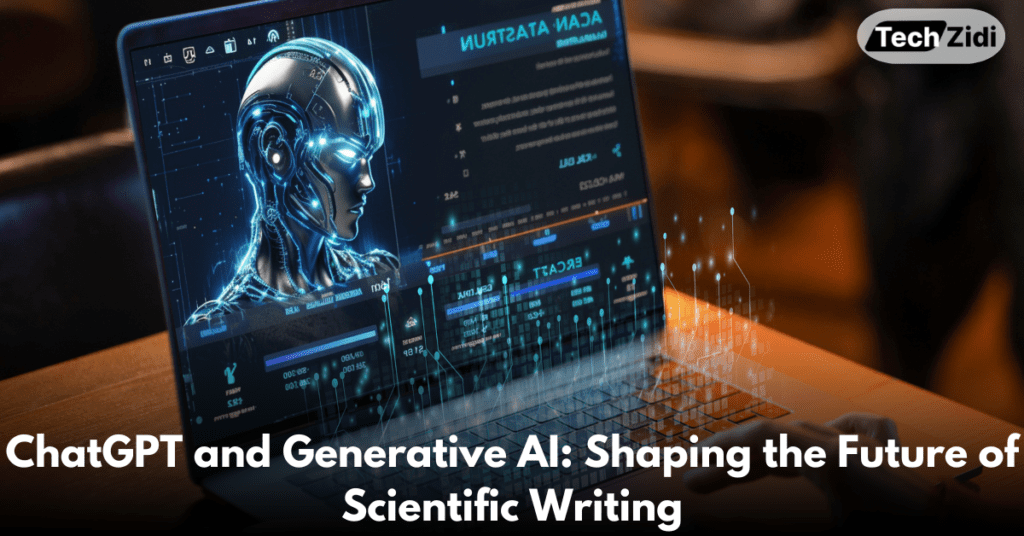ChatGPT, an artificial intelligence chatbot that was released by OpenAI in November 2022, has garnered a significant amount of attention in the field of scientific writing. Academic publishers have announced policies on the use of ChatGPT and other large language models (LLMs) in the writing process, with 87 of the 100 top scientific journals providing guidance to authors on generative AI. However, ChatGPT and other LLMs have also begun to change scientific writing by enabling researchers to produce more publications. In a competitive academic environment, any tool that allows researchers to produce more publications is attractive. As generative AI continues to improve, publishers, grant-funding agencies, and scientists must consider the ethical use of LLMs and the impact of over-reliance on these tools on a research landscape that encourages hyper-productivity.
The use of LLM Prior to ChatGPT
The research writing process has been revolutionized by ChatGPT, a generative artificial intelligence tool, which has made it more user-friendly and accessible. Previously, researchers required specialized expertise to use advanced learning machines (LLMs), but GPT has made this easier to use process. A 2023 Nature survey found that almost 30% of scientists used generative AI tools to write manuscripts and 15% to write grant applications. LLMs can also assist in code writing, brainstorming research ideas, and conducting literature reviews. Other developers, like Google’s Gemini and Anthropic’s Claude 2, are also improving their LLMs. Researchers can even create personalized LLMs tailored to their writing style and scientific field, according to Thomas Lancaster, a computer scientist at Imperial College London.
The Positive Side of ChatGPT in Academia
A survey conducted by Nature found that fifty-five percent of respondents believe that generative artificial intelligence has the ability to edit and translate writing for researchers who do not speak English. According to a survey conducted by the European Research Council (ERC), 75 percent of the more than one thousand people who have received grants from the ERC believe that generative artificial intelligence will eliminate language barriers in research by the year 2030. An overwhelming majority of respondents to the ERC survey believed that generative artificial intelligence could handle repetitive tasks such as literature reviews. Furthermore, 38 percent of respondents believed that it would increase scientific productivity by enabling faster paper writing.
The Negative Side of ChatGPT in Academia
ChatGPT is a language learning model (LLM) that can write like a person, but it can also make mistakes that people may notice. Researchers should say that they used LLM in their papers and be aware that it can be used to create false information, which is known as “hallucinations.” LLMs could also increase the number of papers sent to journals, which could put pressure on editors and peer reviewers. As the number of papers grows, there are not enough people willing to keep doing free peer review for publishers. Some researchers use LLMs to produce low-value research, making it difficult to find meaningful research. The current ‘publish or perish’ model in academia rewards researchers for constantly pushing out papers, but many argue for a system that prioritizes quality over quantity. For example, the German Research Foundation allows grant applicants to include only ten publications in a proposal, focusing on getting high-level papers.



